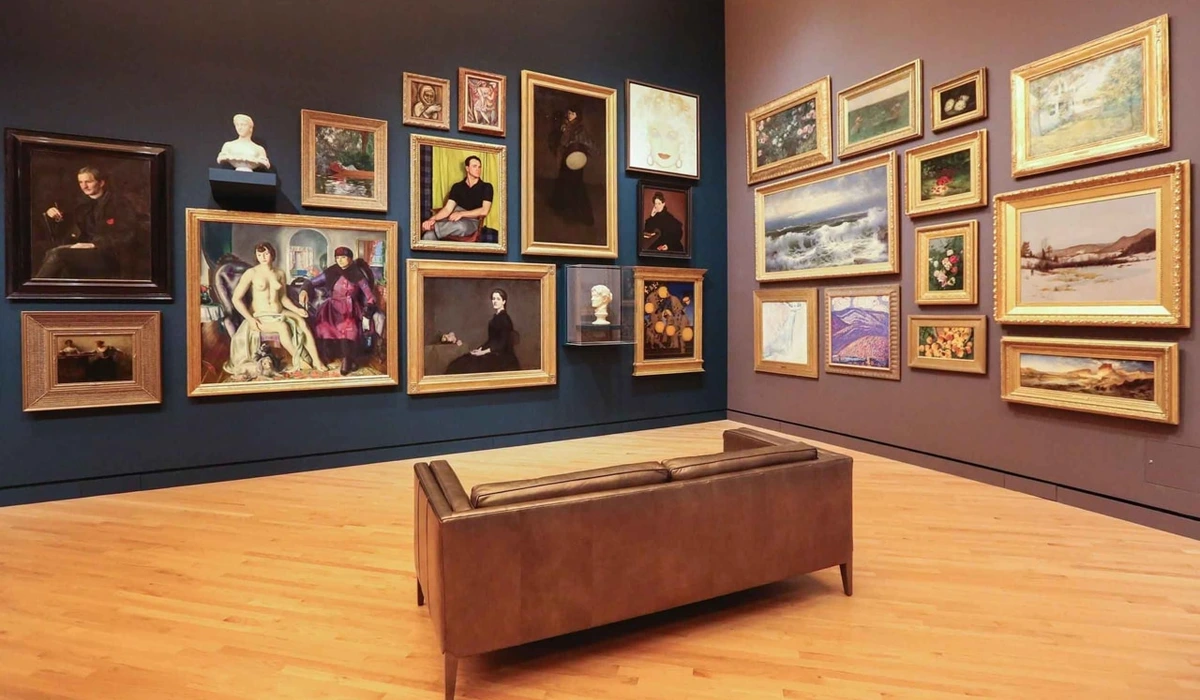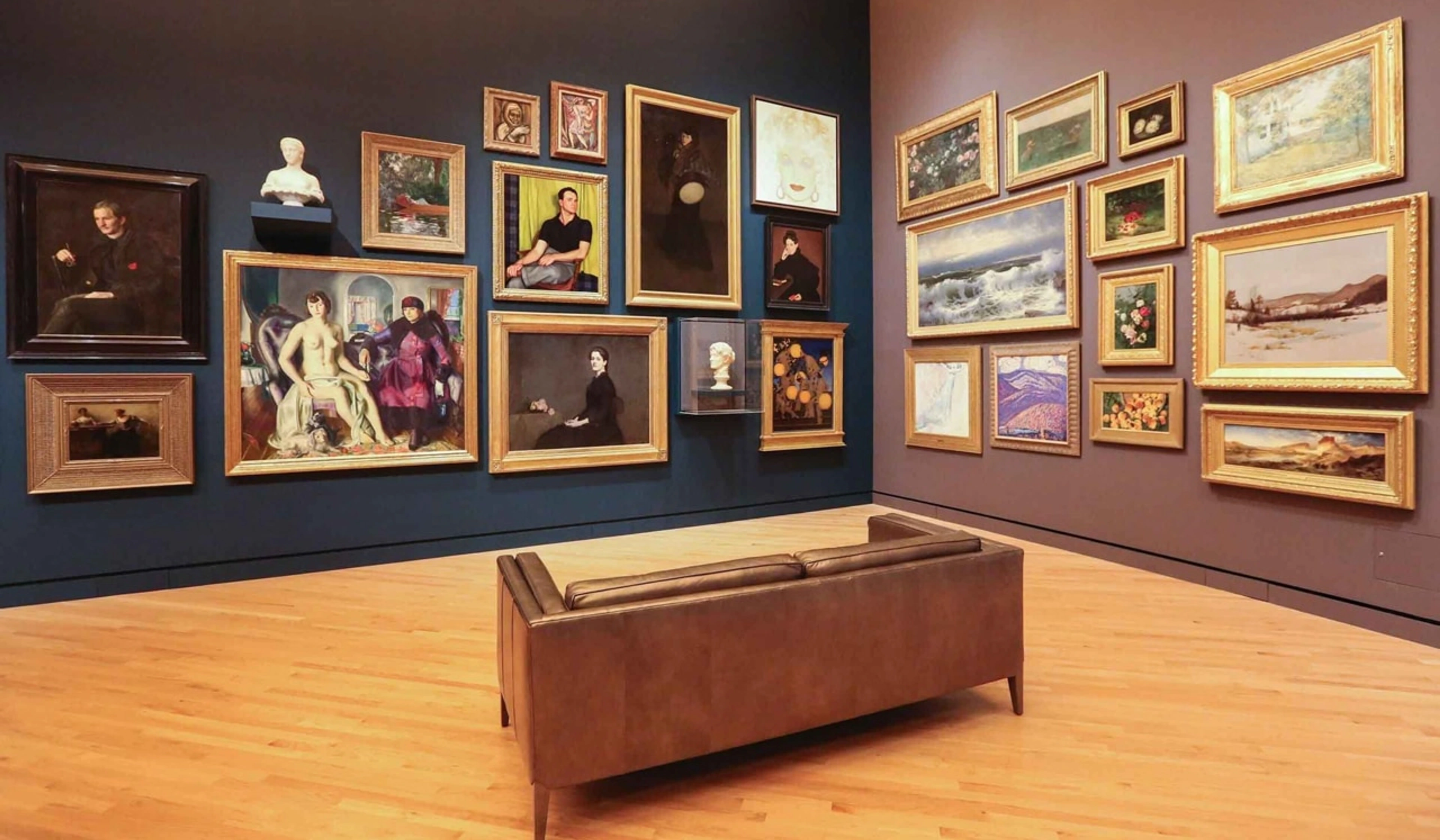
Art Genres Explained: A Personal Guide Through the Art Maze
Feeling lost in the art world? Explore different genres of art with me, from Impressionism to Abstract Expressionism, through personal stories and relatable insights.
Navigating the Art Maze: A Personal Guide to Different Genres of Art
Have you ever walked into a museum or gallery and felt a little... lost? Like you're surrounded by incredible things, but you don't quite have the map? Yeah, me too. It's like trying to understand a whole new language, isn't it? One minute you're looking at something that seems perfectly clear, the next it's a splash of paint that makes you tilt your head and wonder, "Okay, what's that about?"
That feeling, that beautiful, sometimes bewildering journey, is part of the magic of art. And just like music has genres – rock, jazz, classical, hip-hop – art has them too. They're not rigid boxes, mind you, but more like signposts or starting points. They help us understand the context, the ideas, and the feelings artists were exploring at a particular time or in a particular way. Think of them as different lenses through which to view the world, or at least, the world as seen by the artist.
For me, as someone who spends a lot of time making art and thinking about it, understanding these different genres wasn't about memorizing dates and names (though that helps!). It was about finding connections, seeing how one idea led to another, and figuring out what resonated with me. It's a personal journey, and I'd love to share a little bit of my path through the art maze with you.
Why Bother with Genres Anyway?
Honestly, sometimes I think about just looking at art and feeling whatever it makes me feel, without any labels. And you absolutely can and should do that! But genres offer a framework. They give us clues.
Imagine trying to understand a conversation without knowing if it's a serious debate or a casual chat. Genres are like that context. They tell us something about the artist's intentions, the prevailing ideas of their time, and the techniques they were using. They help us see the evolution of art, how artists reacted to what came before, and how they pushed boundaries.
They also make the vast world of art a little less intimidating. Instead of just being faced with a giant, undifferentiated ocean of creativity, you can start to see currents and waves, schools of thought, and shared explorations. It's like getting a compass and a few key landmarks before setting sail. It doesn't dictate your destination, but it helps you navigate.
And let's be honest, sometimes knowing a little bit about what you're looking at makes it easier to talk about it, or even just to appreciate the artist's choices. It's not about being an expert; it's about opening doors.
My Personal Tour Through the Art Genres
Okay, so where do we start? The history of art is long and winding, full of twists and turns. We could go all the way back to cave paintings, but for the sake of sanity (mine and yours!), let's jump ahead a bit and look at some movements that feel particularly relevant to the kind of art I'm drawn to – the stuff that plays with color, light, form, and sometimes, just pure feeling. Think of this as my curated, slightly biased, personal greatest hits list of genres.
Impressionism: Chasing the Light
Imagine artists getting tired of painting everything perfectly, like a photograph before photographs even existed. They looked out at the world and saw that light changes everything, that colors aren't just solid blocks but shimmering, fleeting moments. That's kind of how Impressionism was born in 19th-century Paris.
It was a rebellion against the strict rules of the art establishment. Instead of polished studio work, Impressionists went outside, painting en plein air (that's fancy French for 'in the open air'). They used visible brushstrokes, focused on capturing the impression of a scene, the light, the atmosphere, rather than precise detail. Think blurry edges, vibrant colors, and a sense of spontaneity.
For me, looking at an Impressionist painting feels like stepping into a memory or a dream of a sunny day. It's less about what is painted and more about the feeling of being there. Claude Monet is the big name here, famous for his water lilies and haystacks that show how light changes throughout the day.
![]()
Post-Impressionism: Beyond the Surface
So, the Impressionists broke the rules, and then the Post-Impressionists came along and said, "Okay, cool, but what else can we do?" This wasn't a single unified movement, but more like a bunch of artists who were influenced by Impressionism but went in their own directions. They still used vibrant colors and visible brushstrokes, but they added more structure, symbolism, and emotional content.
Think Vincent van Gogh, with his swirling, emotional landscapes and portraits, using color to express feeling rather than just capture light. Or Paul Cézanne, who broke down forms into geometric shapes, paving the way for later movements. Georges Seurat developed Pointillism, using tiny dots of pure color that blend in your eye.
Post-Impressionism is fascinating because you see artists grappling with the freedom Impressionism offered but wanting to add more depth, more meaning, more themselves into the work. It's where you start to see art really becoming about the artist's inner world, not just the outer one.
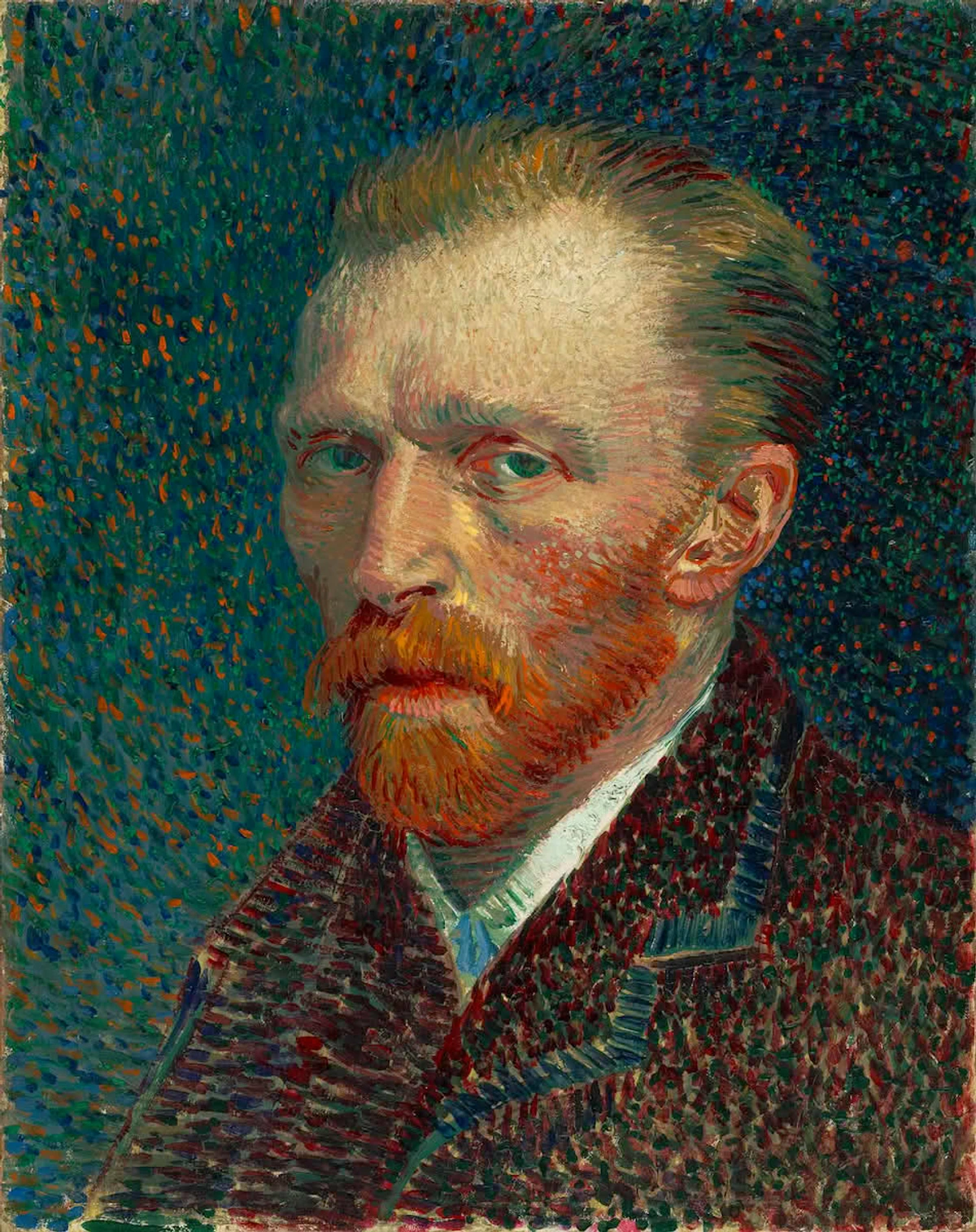
Fauvism: Unleashing Wild Color
If Post-Impressionism dipped its toes into using color expressively, Fauvism cannonballed into the pool. Emerging in the early 20th century, the Fauves (French for "wild beasts") used intensely vibrant, non-naturalistic colors straight from the tube. Skies could be red, trees could be blue, portraits could be painted in clashing greens and purples.
It wasn't about depicting reality accurately; it was about expressing emotion and creating visual impact through color. Henri Matisse is the undisputed king of Fauvism. His work just sings with color and simplified forms. Looking at a Fauvist painting is like getting a jolt of pure visual energy. It's bold, it's joyful, and it's unapologetically subjective.
This movement really speaks to me because I'm obsessed with color. The idea that you can use color not just to describe something, but to feel something, to create a mood or an energy, is incredibly powerful. It's a direct line to the emotional core of art.
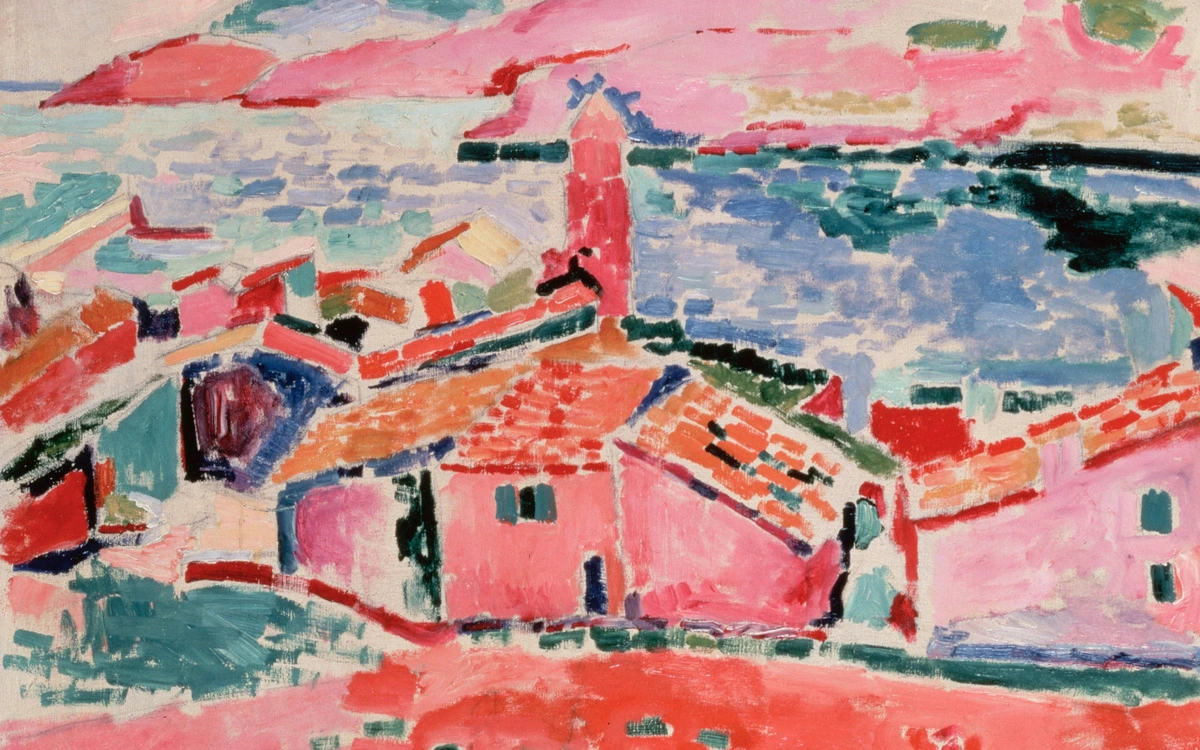
Cubism: Shattering Reality
Around the same time, another revolution was brewing: Cubism. Led by Pablo Picasso and Georges Braque, Cubism completely changed how artists depicted form and space. Instead of showing an object from one viewpoint, they showed it from multiple viewpoints simultaneously, breaking it down into geometric shapes and reassembling it in an abstract way.
It's like looking at something and seeing all its sides at once, flattened onto a single surface. Early Cubism (Analytic Cubism) used muted colors, focusing on form. Later Cubism (Synthetic Cubism) introduced collage and brighter colors. Cubism was hugely influential, pushing art further away from representation and towards abstraction.
Cubism can feel challenging at first – "Why would they paint a person like that?!" – but once you grasp the idea of exploring form and perspective in a new way, it's mind-bending. It's less about seeing what it is and more about seeing how it's constructed, how the artist is playing with the very nature of seeing.
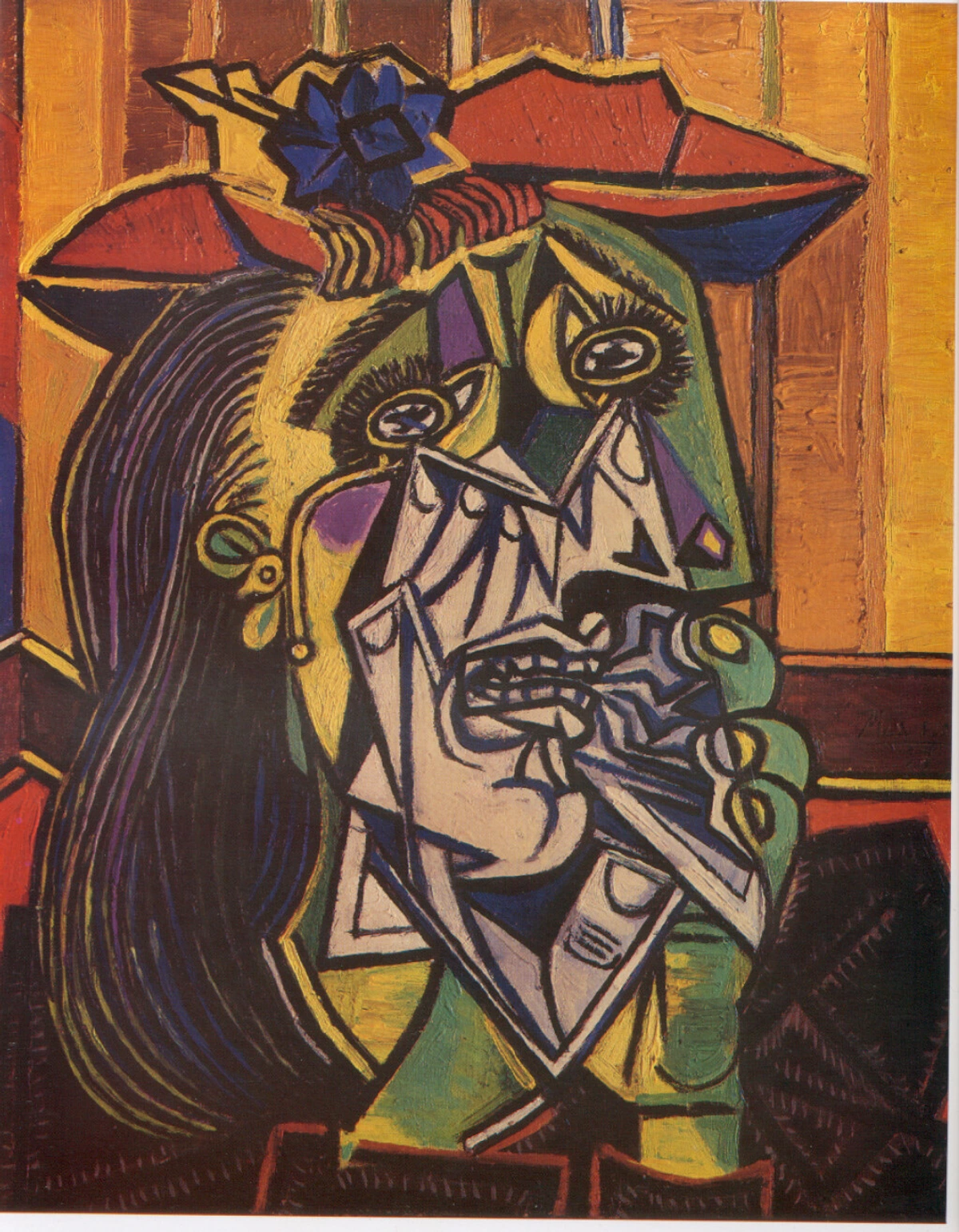
Surrealism: The World of Dreams
Fast forward a bit to the 1920s, and enter Surrealism. Influenced by Sigmund Freud's ideas about the subconscious mind, Surrealists sought to explore dreams, fantasies, and the irrational. They created bizarre, often unsettling images by juxtaposing unrelated objects or depicting dreamlike scenes with startling realism.
Think Salvador Dalí's melting clocks or René Magritte's man in a bowler hat with an apple covering his face. Surrealism wasn't just a visual style; it was a whole way of thinking, influencing literature, film, and even politics. It's about tapping into that part of our minds that isn't governed by logic.
Surrealism is endlessly fascinating because it deals with the stuff of our inner lives, the weird, wonderful, and sometimes terrifying things that pop into our heads. It reminds us that art doesn't have to make logical sense; it can operate on a deeper, more intuitive level.
Abstract Expressionism: Feeling on Canvas
After World War II, the art world's focus shifted to New York, and Abstract Expressionism exploded onto the scene. This was the first major American art movement, and it was all about expressing intense emotion and ideas through abstract means. No recognizable subjects, just color, line, and form.
There were different approaches: Action Painting (like Jackson Pollock's drip paintings, where the process was key) and Color Field Painting (like Mark Rothko's large canvases of soft, floating color rectangles, aiming for a spiritual or emotional response). Abstract Expressionism was bold, often large-scale, and deeply personal.
This movement is particularly close to my heart because it's where abstraction really took center stage. It's about the raw energy of creation, the artist's direct connection to the canvas, and the power of color and form to evoke feeling without depicting anything specific. It's art that asks you to feel it, not just understand it. Mark Rothko is a master of this, his paintings enveloping you in color.
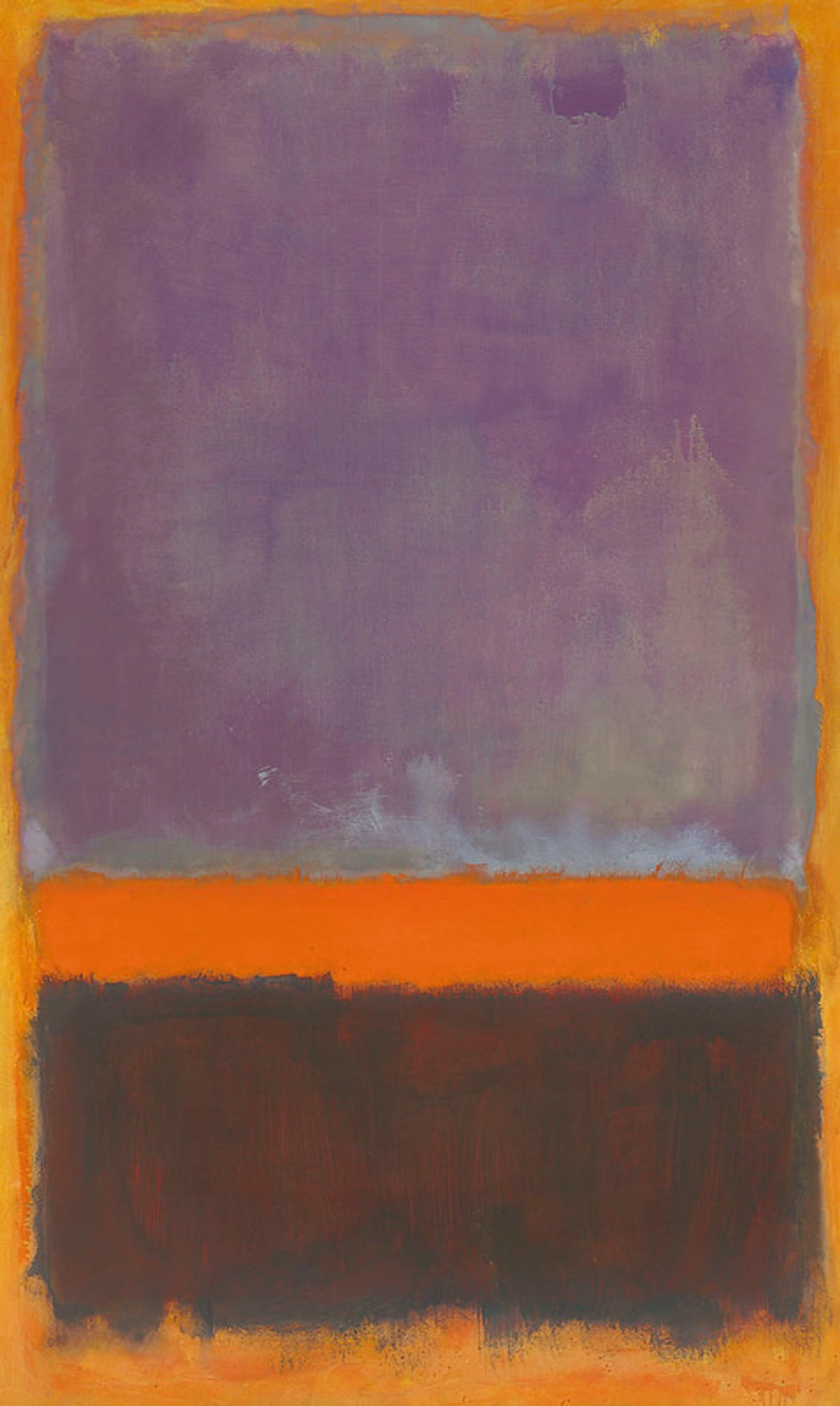
Pop Art: Art Gets Popular
As a reaction, in part, to the seriousness and introspection of Abstract Expressionism, Pop Art burst onto the scene in the 1950s and 60s. It drew inspiration from popular culture – advertising, comic books, everyday objects, celebrities. It was often witty, sometimes critical, and definitely more accessible than the abstract art that preceded it.
Andy Warhol's soup cans and Marilyn Monroe prints, Roy Lichtenstein's comic strip panels – these are iconic Pop Art images. It blurred the lines between fine art and commercial art, challenging traditional notions of what art could be and where it could be found. It brought art down from the ivory tower and put it on the street (or at least, in the supermarket aisle).
Pop Art is fun and instantly recognizable, but it also makes you think about consumer culture, fame, and mass production. It's art that reflects the world around us, even the parts we might not think of as 'artistic'.
![]()
Minimalism: Less is More (or Just... Less)
Another reaction to Abstract Expressionism's emotional intensity and gestural style was Minimalism, which emerged in the 1960s. Minimalist artists sought to strip art down to its most essential elements – simple geometric forms, often industrial materials, and a focus on the object itself rather than representation or emotion.
Think Donald Judd's stacked boxes or Frank Stella's early black stripe paintings. The idea was to remove the artist's hand and subjective feeling as much as possible, presenting objects that were just... objects. It was about purity of form, space, and the viewer's interaction with the physical object.
Minimalism can be challenging because it often doesn't look like much is happening. But that's the point! It forces you to confront your own expectations about art and to pay attention to subtle details, materials, and the space the artwork occupies. It's quiet, deliberate, and asks for a different kind of looking.
![]()
Contemporary Art: Anything Goes?
And that brings us, roughly, to Contemporary Art – the art of today. This is a huge, messy, exciting category that encompasses everything from painting and sculpture to video art, performance art, installation, and beyond. There's no single dominant style or movement, which can feel overwhelming, but also incredibly freeing.
Contemporary art often engages with current social, political, and cultural issues. It can be provocative, conceptual, beautiful, ugly, confusing, or deeply moving. It challenges boundaries and definitions. Is it art? If an artist made it and put it in a gallery, chances are, yes, it's considered art within this context. The question is less "Is it art?" and more "What is it trying to say or do?" or "How does it make me feel or think?"
This is the world I live and work in as an artist. It's a space of constant experimentation and evolution. It's where you see artists reacting to everything that came before, mixing styles, using new technologies, and exploring ideas in ways that weren't possible even a few decades ago. It's a reflection of our complex, fast-changing world.
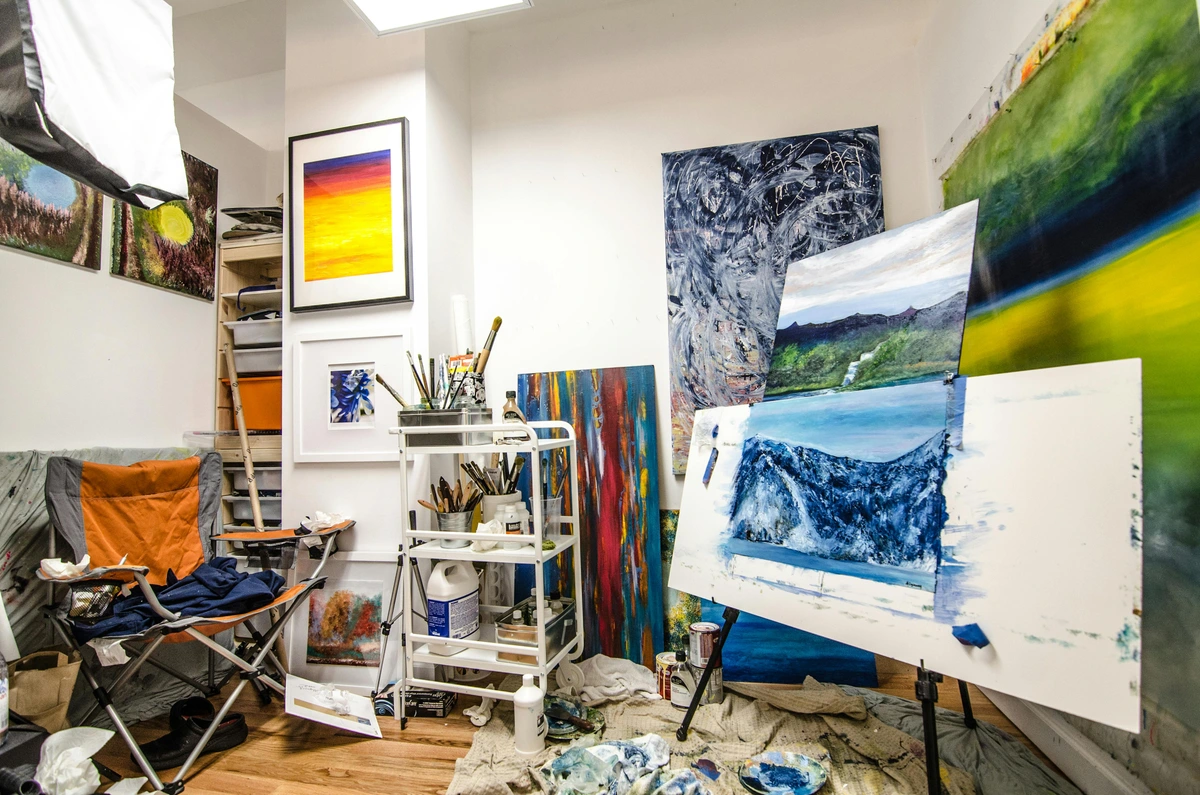
Let's Talk About Abstract Art
Given that I make abstract art, this genre deserves its own little corner in our maze tour. Abstract art is, simply put, art that doesn't attempt to represent an accurate depiction of a visual reality. It uses shapes, colors, forms, and gestural marks to achieve its effect.
It can be completely non-representational (like a Rothko or a Mondrian), or it can be based on a real object or scene that has been simplified or distorted (like early Cubism or some Fauvist landscapes). The key is that the subject matter, if there was one to begin with, is no longer the primary focus.
Common Misconceptions
I often hear things like, "My kid could do that!" or "What is it even supposed to be?" These are totally valid reactions! Abstract art can be confusing because we're so used to looking for something recognizable. But that's the point – it asks you to look differently.
It's not about technical skill in rendering reality (though many abstract artists have incredible technical skill). It's about composition, color theory, texture, line, and the emotional or conceptual impact these elements create. It's about the visual language itself.
How to Approach Looking at Abstract Art
So, how do you look at it? Here's my personal, non-expert guide:
- Let Go of Expectation: Stop trying to figure out what it is. It might not be anything! Or it might be a feeling, an idea, or just an exploration of color and form.
- Feel It: How does it make you feel? Does the color palette evoke a mood? Do the lines create a sense of energy or calm? Does the texture draw you in or push you away? Your emotional response is valid and important.
- Look at the Elements: Pay attention to the basics: the colors used, the types of lines (thick, thin, straight, curved), the shapes (geometric, organic), the textures, the composition (how things are arranged on the canvas). What choices did the artist make?
- Consider the Title (or Lack Thereof): Sometimes the title gives you a clue, sometimes it's deliberately vague, and sometimes there's no title at all. Don't rely on it, but see if it adds another layer.
- Think About the Process: How might this have been made? Was it painted quickly and gesturally? Was it carefully planned and executed? Thinking about the artist's process can give you insight.
- It's Okay Not to Like It: Just like with any other art, or music, or food, you won't connect with everything. That's fine! The goal isn't to like all abstract art, but to be open to experiencing it.
For me, creating abstract art is about capturing energy, emotion, and the beauty of color and form without being constrained by representation. It's a direct expression of my inner world, and I hope that comes through in my paintings and prints.
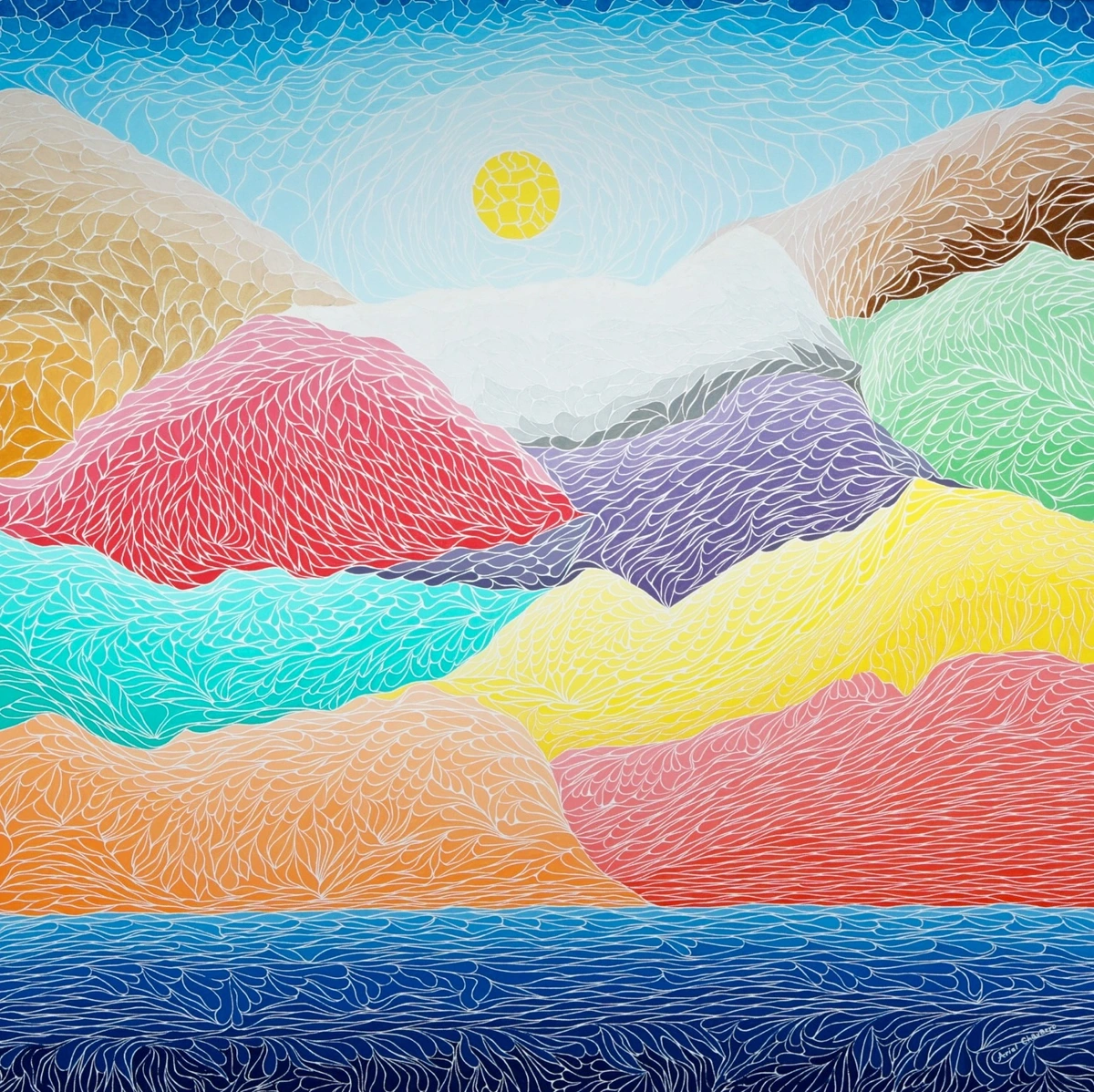
Where Do New Genres Come From?
This is a question I've pondered myself. It seems like art history is just one movement reacting against the last, doesn't it? Impressionism reacted against academic painting, Post-Impressionism and Fauvism and Cubism reacted against Impressionism, Pop Art and Minimalism reacted against Abstract Expressionism... It's a bit like a never-ending family argument, but on canvas.
New genres often emerge when artists feel the existing ways of making art can't express what they need to express about the world or their own experience. Maybe society is changing rapidly, new technologies appear, or artists simply get bored and want to try something completely different. It's a constant process of pushing boundaries, questioning norms, and exploring new possibilities. It's messy, unpredictable, and exciting.
Wrapping Up Our Tour
So, we've taken a whirlwind tour through just a few of the many, many genres and movements in art history. We've seen how artists have chased light, explored emotion, shattered reality, delved into dreams, embraced popular culture, stripped things down, and ultimately, opened up a world where almost anything is possible.
Remember, these genres aren't strict rules, but helpful guides. They give us context and a starting point for understanding the incredible diversity of human creativity. Your personal journey through the art maze is just that – personal. What resonates with you? What makes you stop and look closer? What makes you feel something?
Don't be afraid to explore, to ask questions (even the ones that feel silly), and to trust your own reactions. The more you look, the more you'll see, and the more connections you'll find – not just between different artworks, but between the art and your own life. It's a lifelong adventure, and honestly, I'm still getting lost and finding new paths every day. And that, I think, is the best part.
If you're curious about my own path and how I got here, you can check out my artist timeline. And if you're ready to bring some of this colorful, abstract energy into your own space, take a look at the art for sale on my site.
